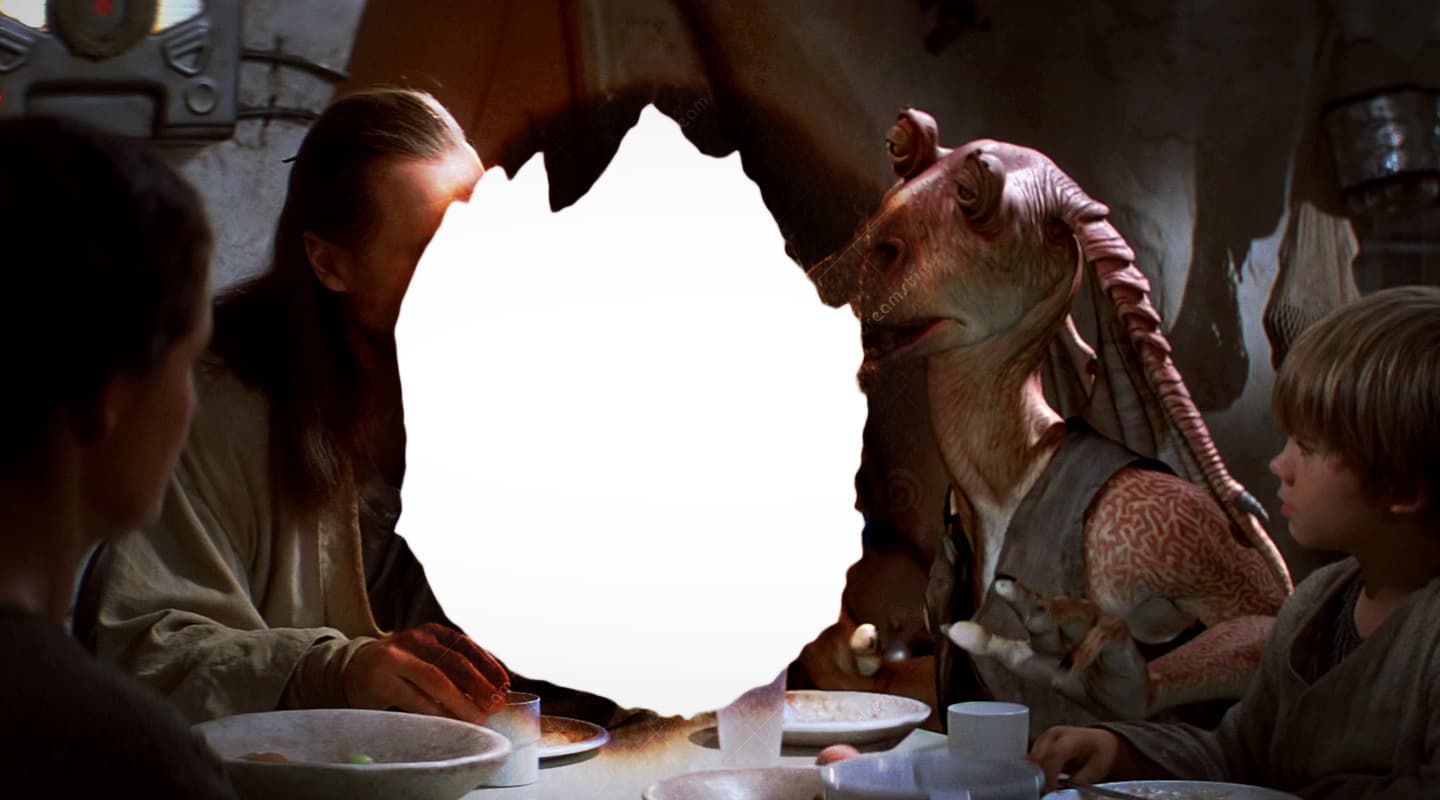
Termination: Stock Shrinkage has Kodak Moment
Stock Shrinkage has Kodak Moment.
Text:/ Graeme Hague
Some people just don’t know when they’ve got it so good. A bunch of famous Hollywood-types have come together to save the film industry. No, not the movie industry, but the actual film-making side of it – specifically by promising to buy a guaranteed amount of film stock from Kodak to prevent that corporate doyen of the picture business from closing its manufacturing plant for good (it’s worth noting that making film is now bringing less than 10% percent of Kodak’s total revenue, so don’t break out the tissues too quickly). You don’t see a 96% plummet in sales too often – or do you? That’s Kodak’s problem, by the way. In fact, most products eventually suffer a 100% drop in sales. Have you bought any cassettes lately? Any ear trumpets?
The same old arguments are being debated. Real film has ‘grain’ and ‘natural light’ or less definable je ne sais quoi like ‘substance’ that digital video simply can’t reproduce. We’ve been squabbling over the relative merits of analogue versus digital since Tom Cruise was knee-high to a grasshopper… oh wait, he still is. Anyway, Quentin Tarantino is a huge fan of film. The upcoming Star Wars movie is being shot on film too – possibly in an attempt to give Jar Jar Binks some substance.
The aim of this until-now secret deal with Kodak is to preserve a traditional (and arguably more creative) method of making movies, and provide a unique cinema experience despite the fact digital video has enormous and obvious benefits.
There’s another advantage, which might strike you as a little ironic: film stock is the best means of preserving any movie over the long term. Digital video has to be regularly transferred to new storage media, risking losing it in the process or at least a smattering of data at the time. Good ol’ 35mm film, like any other non-biodegradable plastic, will last forever – as long as you don’t use it. It’s the act of projecting the film that causes damage and degradation.
And therein lies the main flaw of this warm, fuzzy initiative to extend the life of celluloid movies. People like Tarantino and Judd Apatow (another champion of film) don’t have to work with this crap.
Seriously, has either Quentin or Judd ever sat inside a dark, stifling control room with a projector belching more noise and heat than an asthmatic Smaug? Do they know what it’s like waiting for that dodgy splice to pass successfully through the gates, or experienced the resulting chaos if it doesn’t? Modern directors love to make four-hour epics, but they should try splicing the bastards together in the right order and properly.
For those who don’t know, film movies arrive at the cinema in reels roughly 20 minutes long and for decades the standard practice has been sticking them all together on one huge platter to feed through the projector. Each reel has a ‘head’ and a ‘tail’ temporarily taped on that identifies which way the film is wound on, plus it crucially tells you the sequence in which it should be placed in the film. The fun bit is, once the heads and tails are removed, you have no way of knowing which reel is which and it’s all down to the Sacred Order Of Projectionists to ensure the movie is put together correctly – hopefully the cinema previous to yours replaced the head and tails properly, and you’ll do the same. Otherwise people in the movie strangely come back to life and the plot gets a bit puzzling unless, of course, it’s a Tarantino movie in which case nobody will notice the difference.
The other issue is that in an ideal world the projectionists remove the old splices, peeling off the adhesive tape, rather than chopping off frames and splicing ‘fresh’ bits of the reel. This is because over time, despite running at 24fps, those missing frames add up and the film ‘jumps’ at the reel change-overs. However, constantly re-using the same section for splicing also results in the sprocket holes wearing, the film itself getting sticky with old adhesive, and you get these dreaded, dodgy moments where you’re praying to the film gods that the splice passes through the projector’s guides.
If it doesn’t, it’s your fault. Not the projector’s – or Quentin’s or Judd’s fault, despite the fact they considered using this archaic, analogue projection method was a good idea and digital sucks. In the Public Enemy ranking system the projectionist who suffers a snapped film is right up there with silly, football umpiring decisions and Justin Bieber’s wardrobe manager. The moan of dismay from a cinema audience when a screen turns to melting mush is terrifying – it’s a hair’s breadth away from rioting and anarchy. Clever projectionists will immediately barricade the door.
Maybe that’s the unique experience that Quentin and his mates should try, before chucking money at Kodak?
Hang on, you’re saying that movies shot on film are ultimately transferred to digital for distribution? The revered analogue warmth is still converted to chilly binary code anyway? So, at this point are we allowed to throw our hands in the air and loudly ask, “What the…?”
It’s enough to make you choke on your popcorn.















RESPONSES